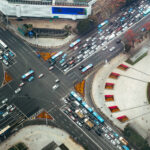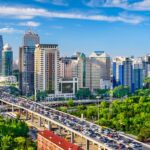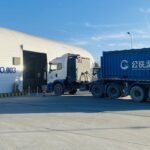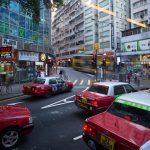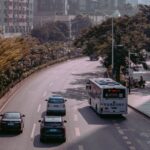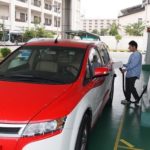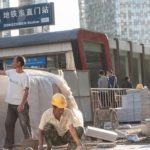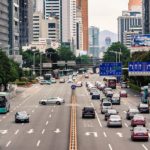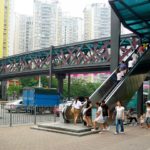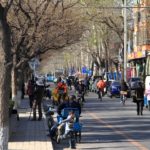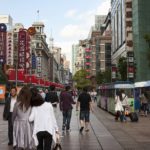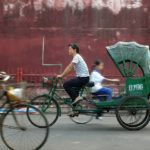Recent Posts by Lulu
With growing urban populations and increases in cars, trucks and buses, cities are poised to experience more harmful pollution threatening people’s health and livelihoods. But some cities around the world are turning to an emerging solution called zero-emission zones (ZEZs). These are designated ...

China’s transport CO2 emissions accounted for 11% of the world’s transport greenhouse gas (GHG) emissions, following only the United States (21%), according to data from Climate Watch. And these numbers have been growing rapidly: The average annual growth rate of China’s transport ...

The world’s ability to overcome the climate change challenge hinges, in part, on what happens on China’s roads. China’s cars, buses, trucks, shipping and other transport generated 828 million tonnes of greenhouse gases in 2014. That’s almost the equivalent of the EU ...

The transport sector is the third largest source of GHG emissions in China, following the power and industry sectors. Heavy-duty truck transportation accounts for 41% of the country’s freight demand (in tonne-kilometers) and 84% and 40% of motor vehicles’ NOx ...

In densely urbanized Hong Kong, transport is the second largest source of greenhouse gas emissions, at 18%. Vehicle traffic is also a major source of toxic air pollutants like NOx, volatile organic compounds and carbon monoxide, accounting for 18%, 21% ...

Urban freight vehicles constitute less than 10% of vehicles on the road in most cities, but they account for a disproportionate amount of transport-related CO2 emissions and pollutants. According to the Beijing Transport Institute, freight in Beijing accounts for around ...

Ghost-like cities with deserted metro cars and empty buses have been a vivid manifestation of how COVID-19 has affected society worldwide. As elsewhere, public transport ridership in Chinese cities dipped precipitously during the early days of the pandemic. But as ...

In March, China’s southern island province of Hainan became the first in the country to set a date by which all sales of internal combustion engine vehicles are to be ended. Hainan’s Clean Energy Vehicle Development Plan sets out a ...

To curb car congestion and boost the economy, China is embracing trains at an unprecedented rate. In June 2017, the government approved 5,770 kilometers of new urban rail systems, almost 17 times the total amount of track in all of ...

Diesel buses – and the choking smog they spew – are a common sight in most cities. But not in Shenzhen, China. The southeastern city, which connects Hong Kong to mainland China, announced at the end of last year that ...

The world’s two-largest emitters have a lot to learn from each other—especially on transport. Transportation is already a major source of CO2 emissions in both China and the United States—at 20 percent and 30 percent, respectively. The percentage of people traveling by car ...

China’s rapid urbanization has dramatically increased the need for public transit infrastructure. To accommodate these changes, it’s estimated that China needs to expand urban rail by at least 3,000 kilometers by 2020—approximately a $4 trillion investment. In Chinese cities, funding ...

A century of car-centric urban development has left our cities polluted, congested and searching for sustainable solutions. Transport Demand Management (TDM) strategies can provide these solutions by combining public policy and private sector innovation to reverse over-reliance on private cars. ...

China’s top-down system of decision-making has been the root of many transformative changes in the past. So why has it recently been so hard to rally city leaders behind low-carbon transport? The answer has two sides: institutional complexity and lack ...

As cities worldwide innovate to improve mobility, Chinese cities lag behind in adopting emerging sustainable transport solutions. Still, a number of concepts are set to become crucial to the future of urban transport in China. Transit-oriented development (TOD), innovative transit ...








